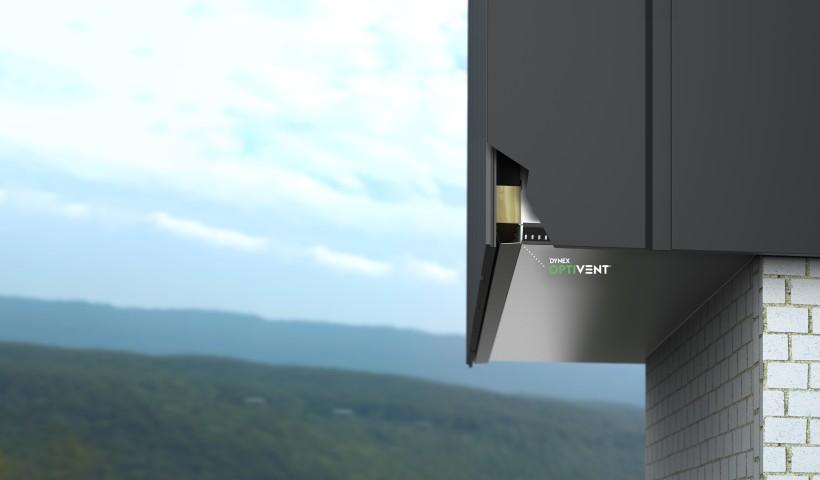
When it comes to exterior cladding, New Zealanders have long favoured heavy, monolithic styles. But with a growing range of lightweight cladding options now available, that’s all changing.
According to a BRANZ report, monolithic cladding is declining in popularity. It looks like trends are slowly shifting to more lightweight cladding options. Why? Well let’s look at some benefits of lightweight cladding:
More finish options: Lightweight cladding (such as uPVC) offers new and unique finishes to create a beautiful designer home.
Concealed fixing: Many new lightweight cladding solutions offer 'clip-together' systems that conceal fixings, creating smooth, uninterrupted runs — perfect for a sleek modern feel.
Vertical design: With section sizes shrinking and more infill and townhouse style developments going up, the sprawling one-storey home is being replaced by compact, vertical designs. Lightweight cladding options such as uPVC Palliside offer a superior finish and ease of installation on vertical designs.
Safety: New Zealand is no stranger to violent shakes, with the 2010-2011 Christchurch earthquakes impressing the importance of quake-proofing in homes. Lightweight cladding solutions are often able to bend and flex during a natural disaster such as an earthquake, minimising damage to the building.
Low maintenance: Homeowners are increasingly prioritising lifestyle over house maintenance and don’t want to be bothered with repainting and refinishing cladding.
Watertightness: Several monolithic cladding systems have featured in the media following the 'leaky homes' debacle, which may account for the shift away from these systems. Despite being lightweight, more modern cladding systems offer excellent weathertightness at a comparable price.
As cladding trends change, so to do clients' desires and requirements. Want more tips on managing architecture projects for residential clients? Download our free Residential Build Guide for Designers.











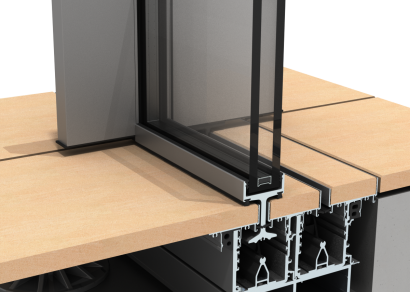

 Product News
Product News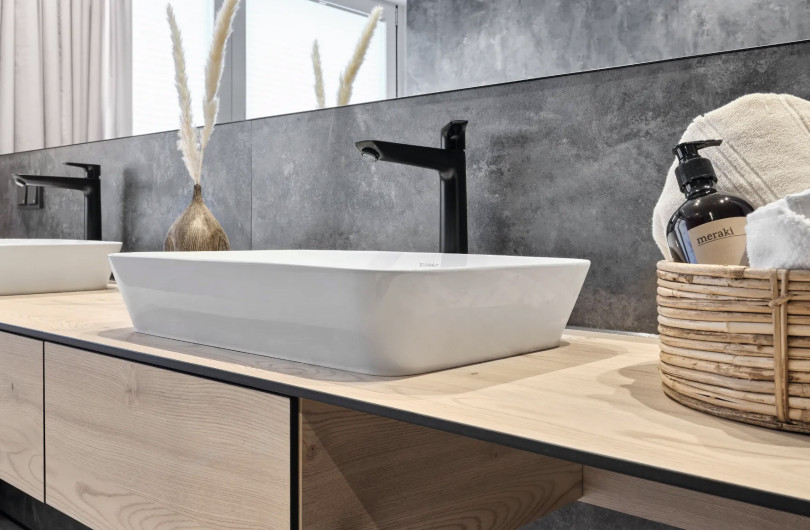
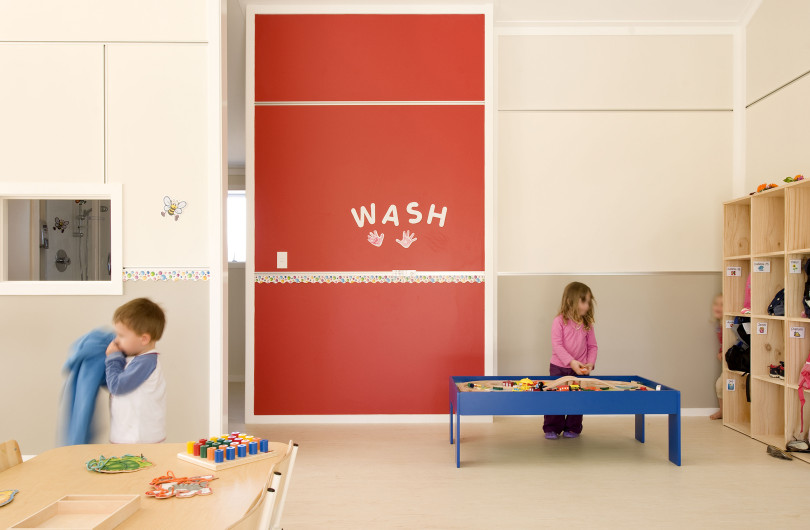




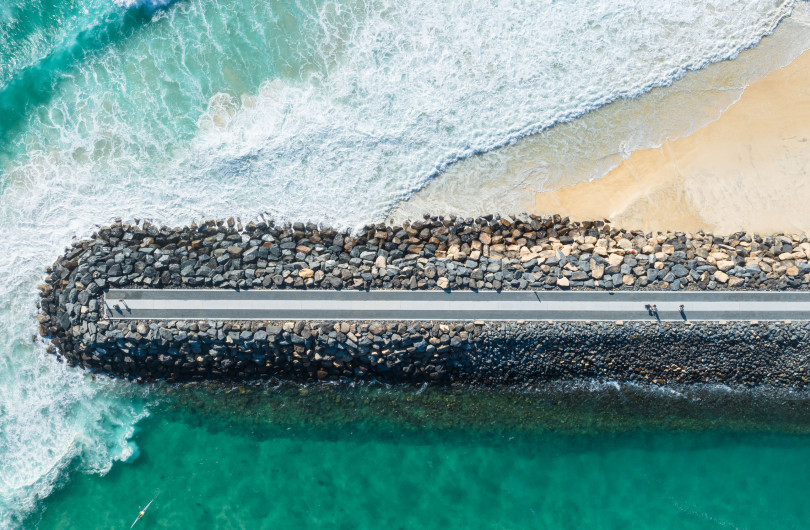




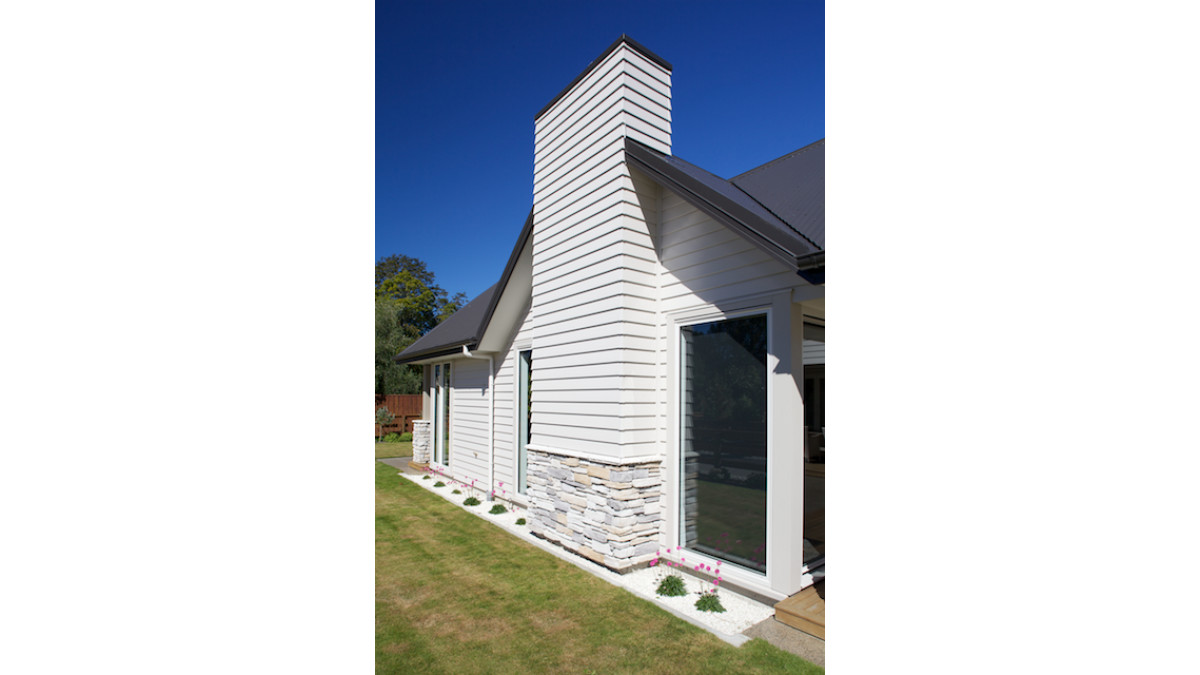


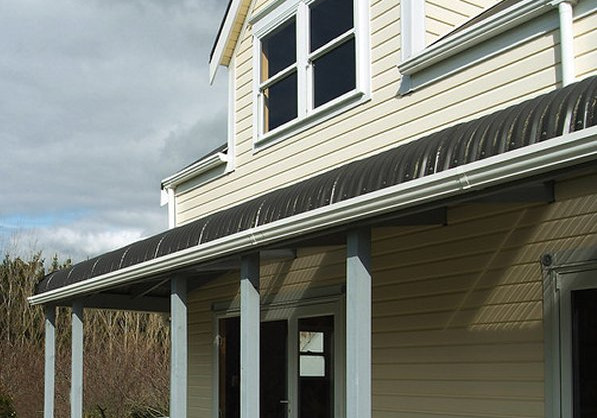
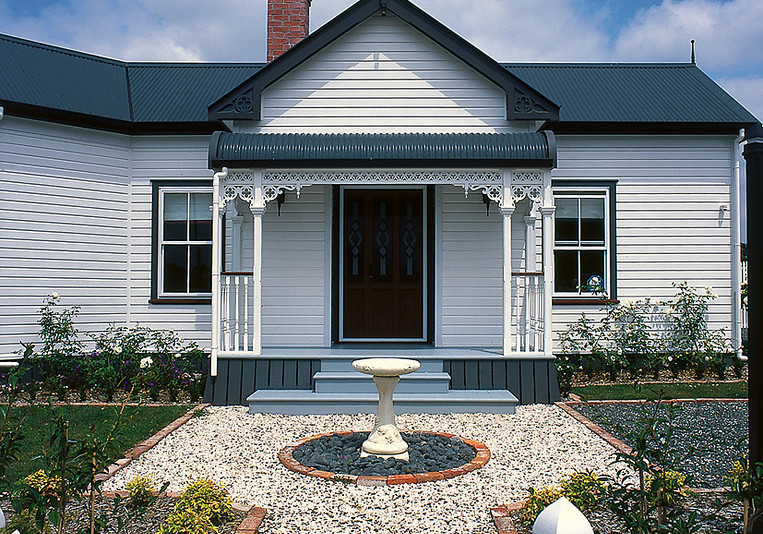



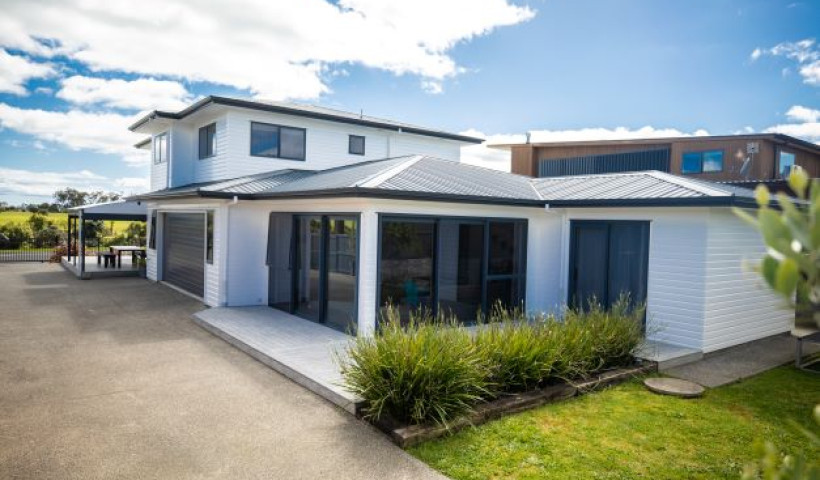
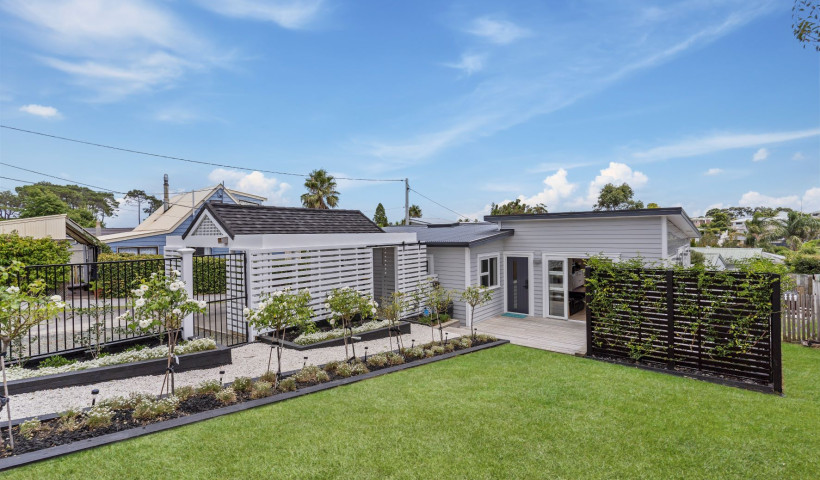
 Popular Products from Dynex
Popular Products from Dynex


 Most Popular
Most Popular


 Popular Blog Posts
Popular Blog Posts
